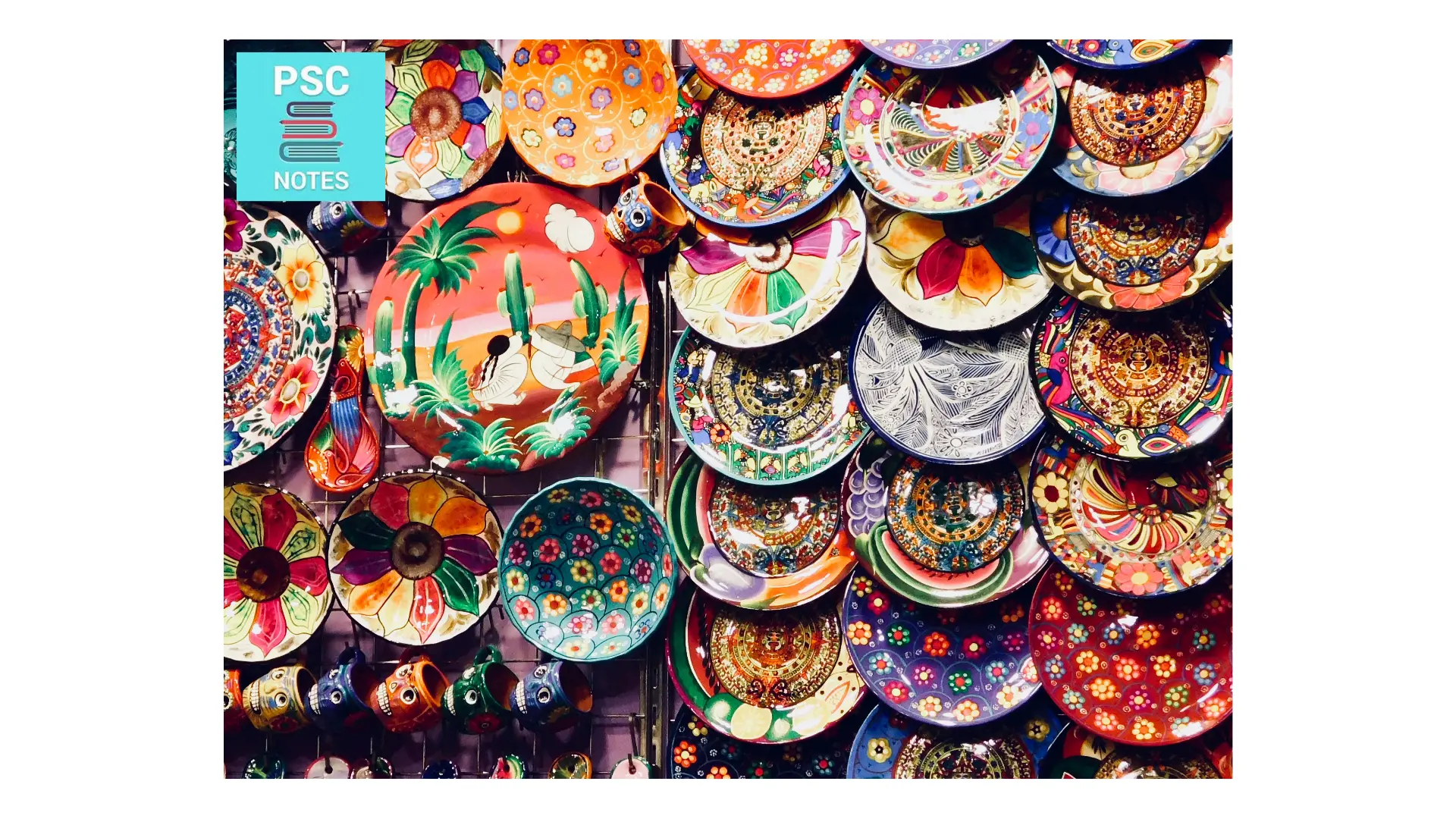Comparative Study Of Indian And Western Philosophy
–2/”>a >DOCTYPE html PUBLIC “-//W3C//DTD XHTML 1.0 Transitional//EN” “http://www.w3.org/TR/xhtml1/DTD/xhtml1-transitional.dtd”> Comparative Study of Indian and Western Philosophy Philosophy is the root of all knowledge. It is considered as mother of all sciences. Philosophy has interpreted man and his various activities in a comprehensive manner. It helps to coordinate the various activities of the individuals and the … Read more
